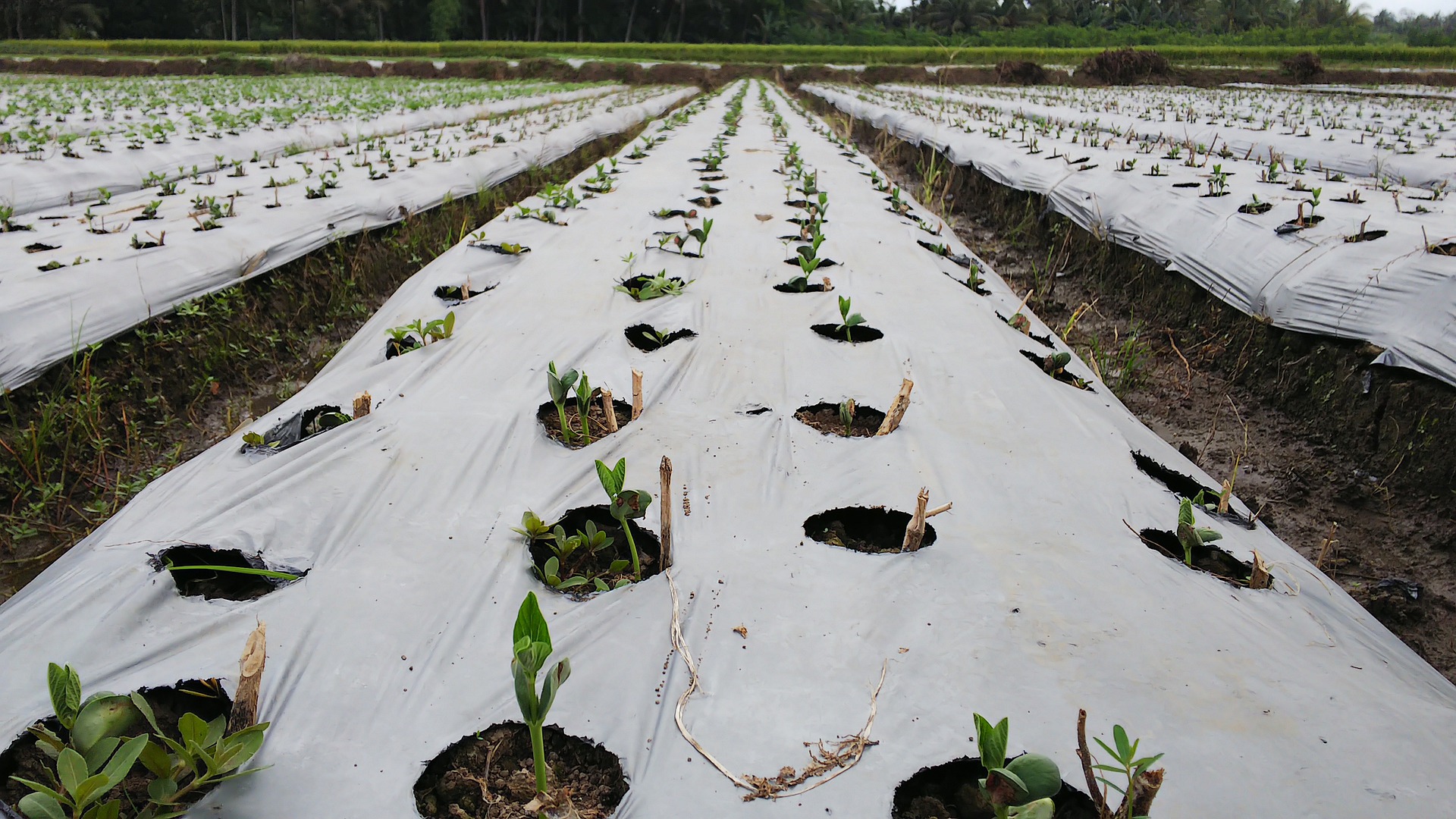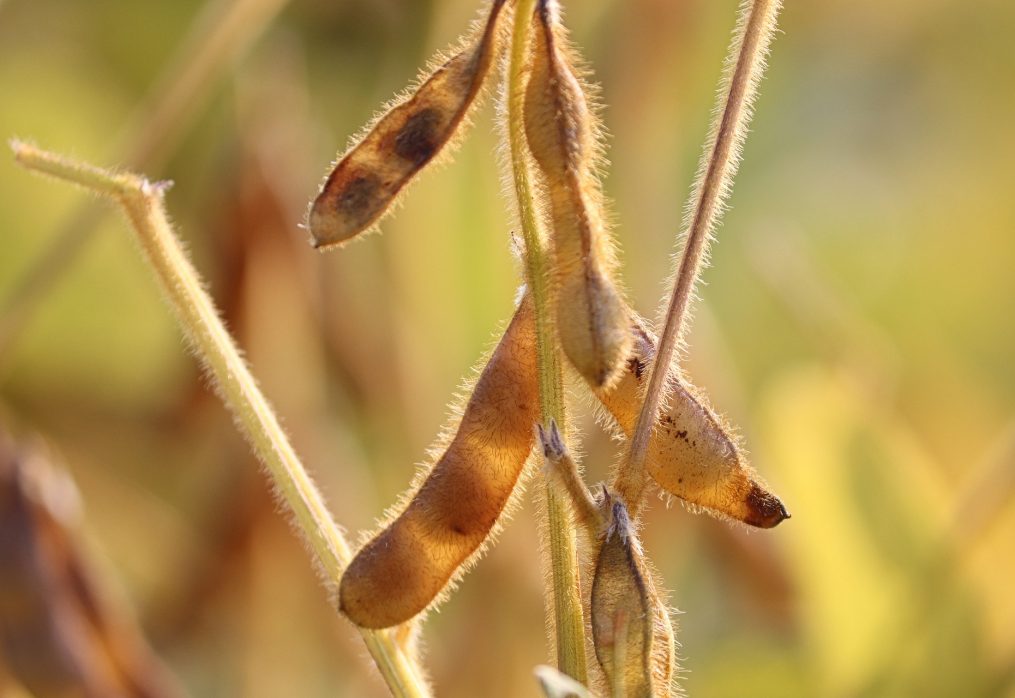Brazilian farmers are in no hurry to sell soybean stocks
Brazilian farmers are confident that the price of soybeans will rise
Despite the fact that Brazilian farmers harvested a good soybean crop, they are in no hurry to sell it. This step is dictated by expectations of further price increase of the crop, which is quite expected, due to the reduction of world stocks.
In addition to this factor, experts name another reason for the accumulation of volumes — climatic conditions. Weather forecasters warn that the weather peculiarity of La Niña in South America may reduce the quality of the crop. Farmers also fear changes in the internal political processes in Brazil, which will have a negative impact on the national currency.
The wait-and-see attitude of farmers, according to their calculations, will force exporters to increase prices for the purchase of soybeans, their example will be followed by representatives of the processing industry. However, such a move will cause a pessimistic mood in the global market and raise the risk of food inflation. The situation is exacerbated by the current cost of soybeans and corn, which has reached a maximum value for the past 8 years.
According to data from the consulting agency Safras & Mercado, in the southern states of Brazil, farmers have stored for sale about 12.4 million tons of soybeans of the new crop. This volume is about half of the stocks remaining at the moment — 25 million tons. According to experts, farmers expect prices to rise to the level of $14 per bushel. At the same time, some market participants hope that prices will return to the range of $32 per sack of 60 kg. Under such conditions, Brazilian farmers are ready to sell their products again. They also believe that at the moment it is safer to hold on to soybeans than to get money, but much less than they would like.
According to experts, farmers expect prices to rise to the level of $14 per bushel. At the same time, some market participants hope that prices will return to the range of $32 per sack of 60 kg. Under such conditions, Brazilian farmers are ready to sell their products again. They also believe that at the moment it is safer to hold on to soybeans than to get money, but much less than they would like.
Analysts at Origem say that farmers have more stocks of produce than predicted. Meanwhile, Brazilian processors are willing to pay more than export rates. This is how they want to stimulate soybean sales.
Another negative factor in the concentration of stocks in the hands of farmers analysts call the risk of limiting exports to China. This country is considered the main buyer of Brazilian soybeans.
It should be noted that for a long time there was an oversupply of crops on the domestic market, and now farmers were able to fully benefit from the spike in prices, which was observed in 2020. The reason for the price hike was the forecasts of low yields in the U.S. and South America, as well as a record increase in demand from China.
Forecasts for the current season are about 42.2 million tons of soybeans, for 12% of which there are already contracts for delivery. However, with the increase in value, export forecasts will also rise.
